XCOM 2: War of the Chosen’s alien champions, lost cities and soldier bonds explained
Adam Smith on June 20th, 2017 at 8:30 pm.
Fallen cities swarming with the dangerous remnants of their human populations, alien battlefield commanders who resemble fantastical heroes, new rulesets for friendship and fear, and an actual active resistance out on the Geoscape.
XCOM 2 [
official site] is changing.
The War of the Chosen is “definitely the biggest expansion we’ve ever done”, lead designer Jake Solomon told us at E3. Introducing unique enemy champions doesn’t strike me as an obvious move for XCOM, so I asked Solomon how the concept of the expansion had developed, and whether he’d drawn any inspiration from Shadow of Mordor’s Nemesis system. And whether we can expect any terrors from the deep in the future.
It’s about warmth.
“One of the things that happens in XCOM is that when you’re on the Geoscape, you’re sending out squads and dealing with things, but nobody ever moves around on there. You don’t ever get a sense of it being a living world. Part of this comes from playing early builds of Civ II and I love the leaders. They make you feel that there are other entities playing this game and that have stakes in it.
“It makes it warmer. You want to feel like there are other characters either with or without you. I always felt the Geoscape is really cold. Nobody is really commenting on the things you’re doing. It doesn’t feel as epic as, say, a Civ. There’s a very different feel and it’s much warmer if there are other entities vying for control.”
As Lemony Snicket might say, “Warmth, a word which here means ‘giving the impression of life and activity.'” This cuts down from the high-level concept of three Advent champions who move and react on the strategic layer, and involve themselves in combat on the tactical layer, to the interactions between individual XCOM soldiers. They can form bonds now and can accrue what Solomon calls “quirks” if they become overtired or stressed. If the Chosen remind me of Mordor’s Nemesis system, these quirks sound like they could have been plucked from Darkest Dungeon and then remoulded. The example he gives is an ‘obsessive’ trait, which causes soldiers to use their second action to reload their guns occasionally if the clip isn’t full. You can get rid of these quirks but they provide more ingredients for the storytelling pot, as well as providing an extra challenge.
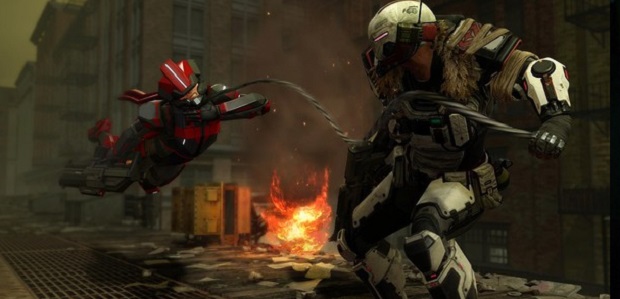
“The fact that the soldiers form bonds is a natural progression of your own head canon,” Solomon says. “XCOM has a story running through the campaign, in the cutscenes and the mission progression, but it has always been about the stories that players create in the moment. We’re systematising the head canon.”
The biggest change is the introduction of The Chosen, three alien heroes, and the resistance factions that oppose them. At the beginning of each campaign, the factions and Chosen are matched up randomly, and if you want to seize the weapons of a defeated Chosen or gain influence over the faction facing off against it, that’ll take you on a detour from the traditional path to victory.
“To create enemies with personalities feels counter to XCOM at first, but the way they operate is still very procedural. They have a schedule determining when they’ll appear in the game, but once they enter play, they’ll start appearing on missions, will teleport in, and they’ll have these map powers that change things before you even engage them. And then they get new traits and abilities as they go.
“It’s more organic than what we normally do in XCOM. When you fight them, you drive them off, and you
can kill them but you don’t have to in order to beat the game. Whenever they win a fight they gain knowledge, and the more knowledge they gain, the more difficult they become from a strategic standpoint. As they gain that knowledge, their strategic prowess means you’re probably going to have to target them sooner, but to do that you’ll need to ally with the resistance faction that is facing off against them.”
Persistent, recurring enemies aren’t unique to Shadow of Mordor (and its very exciting upcoming sequel) but there seem to be enough similarities here for me to justify putting dibs on the phrase Nemesis Unknown when I first saw the trailer for the expansion. I asked Solomon if the Nemesis system had been a direct influence.
“There’s a slight similarity, yeah. When I played Shadow of Mordor, all I was doing was hunting down orcs, making enemies then hunting them, getting into fights. After a few hours, I realised I wasn’t even going down any path to victory. I was just having fun playing with the systems.”
That might explain why The Chosen sit adjacent to the campaign, informing it rather than completely reshaping the end-game.
“The expansion runs through the entire campaign [rather than being end-game content], but people will play it different ways. It’s interesting because The Chosen get trickier to deal with throughout the campaign, but some of our systems don’t come online until later – because you have to win over the resistance to access some of their functions – so taking down the Chosen should be mid- to late-game. But taking them down doesn’t just remove them from the strategic layer, it also gives you their weapons, which are very powerful. So some players just go to take them down right away. They see that as an immediate, high profile objective. And that’s not how I envisaged it but it shows the flexibility of the system.”
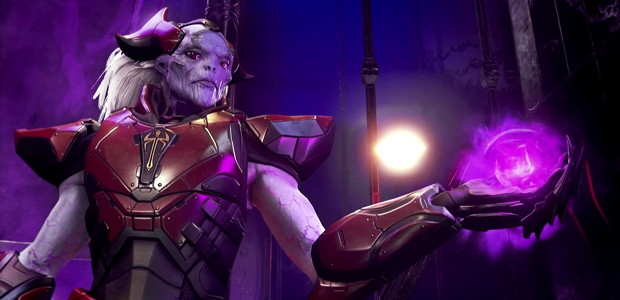
It’s fair to say that the appearance of The Chosen surprised me. They’re far removed from the chunky sci-fi horror palette of XCOM, looking more like champions from an interstellar-fantasy battlefield. I asked about the intent of the character designs, and whether Solomon agreed with my view of them as more fantastical.
“We wanted to give them a look that wasn’t like the authoritarian military we’ve already done, or like the crazy aliens from the original. These needed to have distinct personalities, to be tall and imposing. They’re what the Ethereals would view as the perfect beings. And armour-wise, we did want it to be ornate because conceptually they should look like field commanders. We were drawn to medieval armour sets. The assassin has an Eastern flavour to her armour, but it’s hard not to make a guy with magic on his hands, like the Warlock, look like a fantasy character. It’s just going to happen.”
The rewriting of the tactical and strategic layers, and the introduction of new soldier types for each faction, each with their own strengths and weaknesses, would probably be enough to justify Solomon’s claim that this is a huge expansion – “it sometimes feels like marketing to say that, but I’m comfortable with it; I assure you, it’s true” – but there’s more. Instead of just adding a new area, in the form of abandoned pre-invasion cities, Firaxis have given those new areas a unique property in the form of The Lost. They’re the remnants of the cities’ populations, warped and either mindless or close to it.
“In the old cities you’ll always have the Lost. You know they’re out there and you know they’re coming. They’re drawn to the sound of explosions, which make them come really quickly, but they’re always going to come eventually, explosions or not. Once you break concealment, they’re on their way.”
They bring a more conventional horror feel back to XCOM and throughout the brief conversation we had about them, I was reminded of my fear of Chrysalids in the original X-COM, back in the nineties.
“In cities, there’s lots of streets with limited line of sight, which makes it more frightening. Once the Lost arrive, in a swarm, you and the Advent are both worrying about them for a turn or two. You can get rid of them quite quickly, they’re not real dangerous in and of themselves, but they can overwhelm you if you’re not careful.”
The fact they can be baited, with explosions, and that they’ll attack Advent as well as XCOM, adds a new wrinkle to the game, and the encounters have an entirely new mechanic.
“They have a headshot mechanic. If you hit them and take them out, that shot is free, so you’re trying to take down lots at the same time, chaining kills together. When one of your soldier’s misses, that’s a real problem, because you just lost out on a whole chain of kills. So it becomes all about target selection, and that works the same for the Advent who are fending them off. It’s an ammunition game and almost like a puzzle of chaining together as many shots as possible. And you could have The Chosen present on those maps as well so there’s more potential for chaos. In some cases it gets back to the original
original XCOM. That game had higher highs but lower lows, I think.”
Covert actions will make the Lost even more of a horrifying threat.
“In a covert action you might have sent people into a city and they could get ambushed. So then you have two soldiers now trapped in an abandoned city, trying to escape, and that is when The Lost get scary because you cannot take them on. And Advent are hunting you as well.” A new flavour of terror mission in all but name.
There’s another kind of terror I feel I should mention though. Terror From The Deep. I’d thought it might be the XCOM 2 expansion as soon as I heard an announcement was due, particularly given the tease at the end of XCOM 2’s campaign, but I’m glad to have something completely new instead. As I put it to Solomon, if it’s going to happen at all, Terror From the Deep feels like “what happens next rather than what happens alongside the XCOM 2 campaign”.
“That’s exactly right. I remember talking to our narrative guys and I was saying “let’s have it end on a little water tease”, which is why the final mission of XCOM 2 takes place where it does. And they were saying, “Do you not know what this implies?” And of course I do! That’s the whole point. But maybe that’s our one reference to that. Maybe.”
XCOM 2: War of the Chosen is out August 29th.





























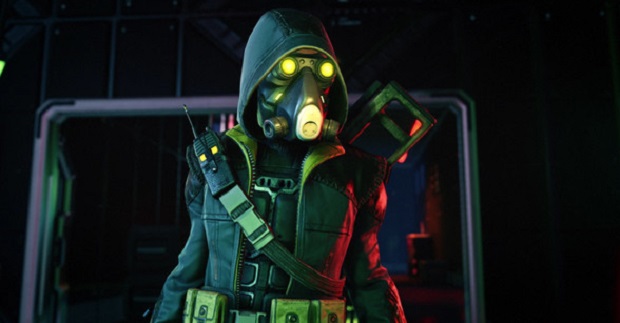

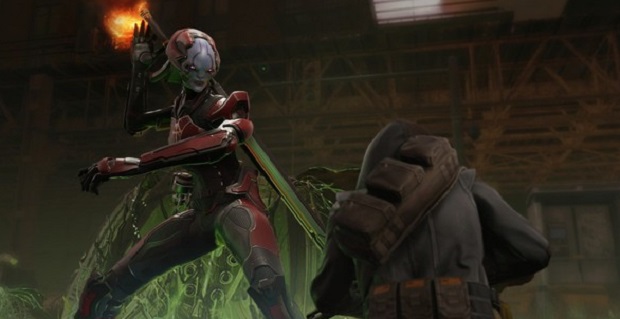

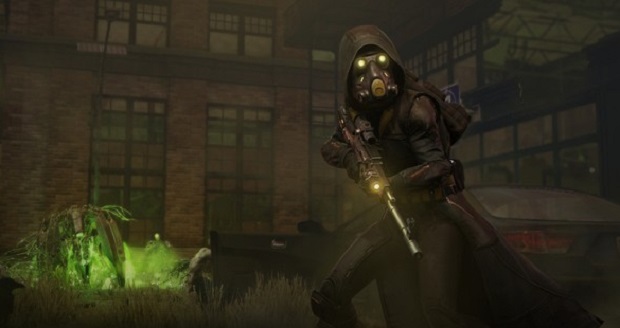
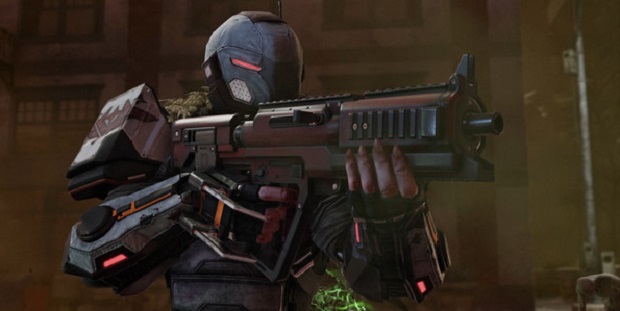
![Glory to Codexia! [2012] Codex 2012](/forums/smiles/campaign_tags/campaign_slushfund2012.png)






